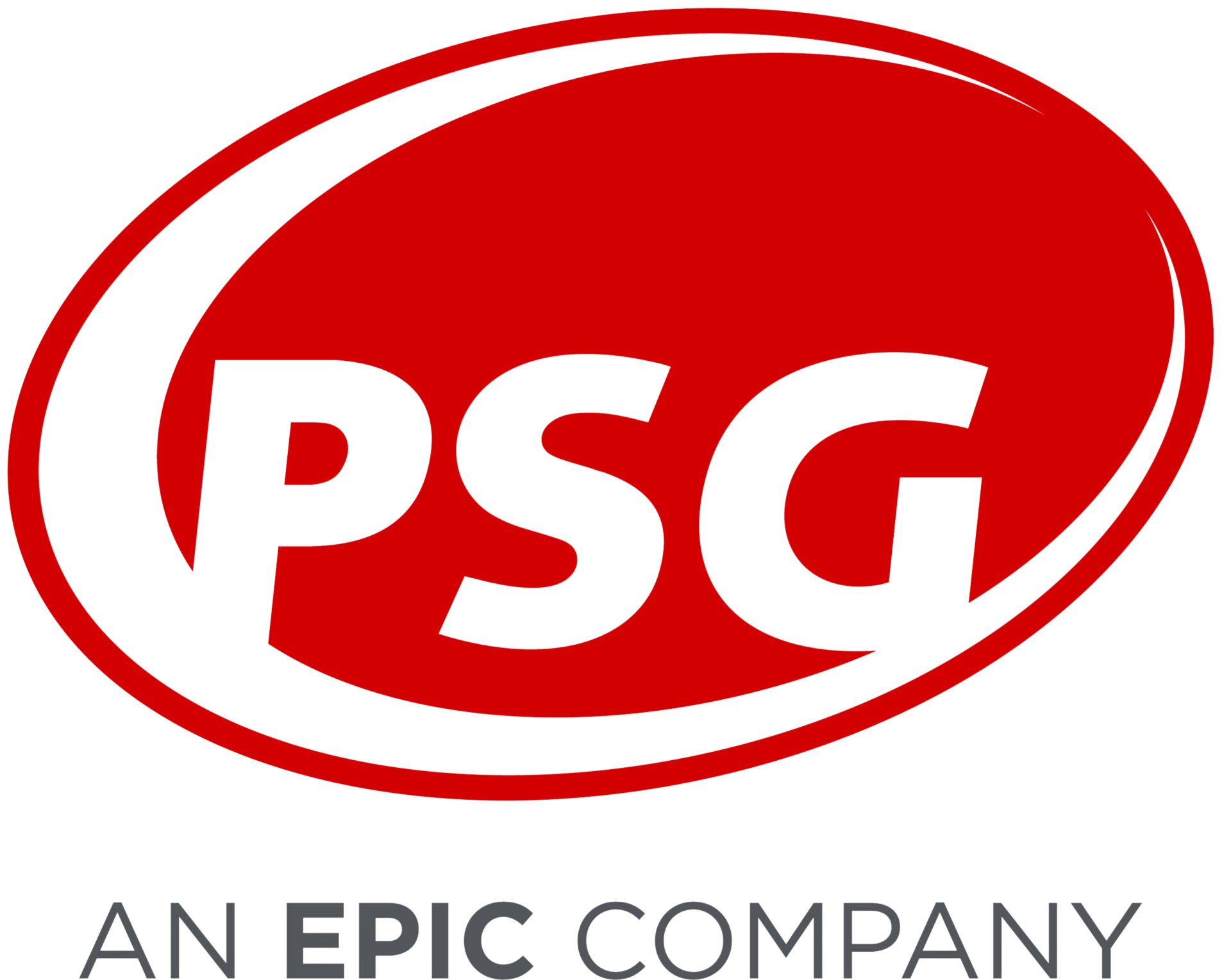PBM Pricing: Measuring the Value of Definitions
Posted on May 13, 2021
Drug pricing and potato chips
A 21-year-old student walks down an aisle in the local market. The student looks at the many different options of potato chips cluttering the shelves. The student observes the brand-name bags of potato chips and then notices a generic black and white bag, simply labeled Chips. The student picks up a bag of brand-name chips and looks at the ingredients and price. The student then places the brand name bag back on the shelf and picks up a bag of generic potato chips. The student notes that the ingredients are comparable to the brand name chips, and most importantly, the generic potato chips cost much less than the brand name chips. Faced with a student budget, the student selects the generic potato chips and, ultimately, saves money.
In the world of healthcare, the cost of brand versus generic drugs mirrors that of the potato chips in the example presented above. Unfortunately, identifying generic drugs is not always as straightforward as determining the generic bag of potato chips. What some may assume is simple, drug classification in the pharmacy benefit can be very complex.
Brand versus generic
Drugs can be identified as a brand or generic and then further subdivided into many other categories such as authorized generics, single-source generics, branded generics, or other categories that may only apply to specific uses or situations. Essentially, there is no universal methodology for drug classification. Further complicating the landscape of drug classification, drugs can be categorized as specialty drugs, which, subsequently, require identification based on anything from a National Drug Code (NDC) number to contract language that describes characteristics. With that in mind, how are different definitions accounted for when determining the value of a PBM contract?
The simplest answer
Although the previous question is complex, the answer is straightforward. Payers and plan sponsors can ensure they correctly evaluate PBM pricing terms by applying math and analytics to the process, just like that student buying chips. They can review, compare, and benchmark PBM pricing by normalizing the terms. Meaningful insights materialize when identifying and calculating rebate guarantees, average wholesale price (AWP) discounts, differences in generic pricing, and cost differences among key financial terms. Something as seemingly simple as how a generic is defined can significantly impact a PBM’s proposed pricing.
The accurate evaluation of a PBM proposal is not as simple as buying a bag of chips or even classifying generics correctly. PBM pricing proposals and contracts are complex and require math and market insights to transform those headline AWP discounts into accurate representations of the bid. Still, it is possible to be as confident about selecting the best value for your PBM contract with a data-driven pricing review that can help improve the selection process while providing an overall understanding of PBM contract value.
